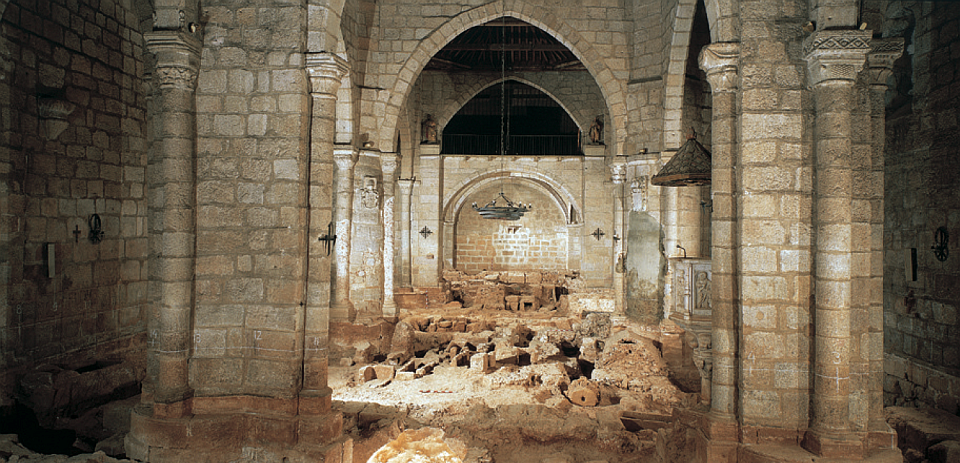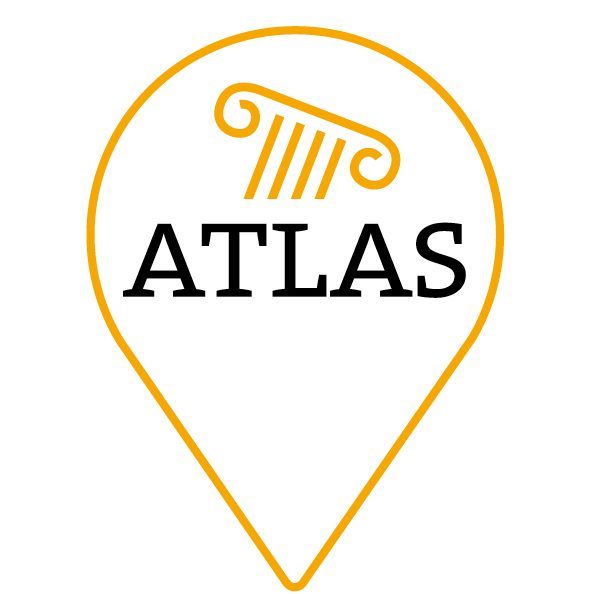Urban Lives in Late Antiquity
The elements defining urban life in the early Imperial period are unquestionable: the urban prospectus was delimited by the walls, characterised by an orthogonal network of streets, several squares – one of which is at the intersection of the cardo and the decumanus maximus –, one or more aqueducts, temples and baths, and by enclosures for spectacles (theatre, amphitheatre and circus). In the squares there were usually many statues in honour of the emperor, but also of decurions, knights and senators who had held municipal and provincial offices or who had served the city through benevolent acts. Generally, the cityscapes which were formed when cities were built would not fundamentally change over the next two or three centuries.

What did it mean to be a citizen of these towns?
Research no longer equates repair work, the abandonment of buildings or evictions in urban spaces – and the relocations that these brought about – with deterioration, nor with the proverbial urban decay. However, no attempt has yet been made to draw up an inventory of the constituent elements of late antique cities in these regions of the Imperium Romanum. In this context, it is not only their existence which is important, but above all the question of their chronology. In other words, it is not only relevant to point out the elements that defined the city in Late Antiquity and the meaning given to its legal status, but also to answer questions such as: what did it mean to be a citizen of a late antique city? For example, how long was the circus of Tarraco in use? Was the entire imperial building always in use, or was it ever used only partially?

How did the new buildings appear?
Moreover, the appearance of new buildings is relevant from a topographical point of view: where do the first churches, the episcopal palace, perhaps a monastery inside or outside the urban space appear? Epigraphic monuments that would make it possible to reconstruct the social structure of the cities up to the 4th century are no longer dedicated to them. Funerary culture also took on other forms during the course of Christianisation. It is therefore necessary to resort to other testimonies in order to elaborate a prosopography of, at least, some social groupings: for example, the acts of the councils and the lives of bishops. The study of onomastic material and places of origin promises to shed light on the social continuity between the great senatorial families of the Imperial and late antique periods, and thus on the social homogeneity of the episcopate.

Coordinators: S. Panzram, L. Brassous // Participants: T. Belkahia, I. Mossong, M. Trunk, M. Uberti

